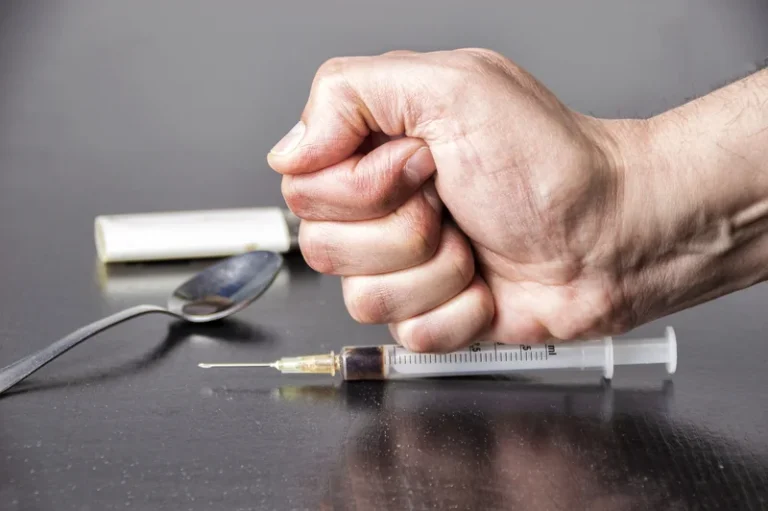02 Sep. 24
The New York Times Breaking News, US News, World News and Videos

Other side effects include tiredness, fever, skin rash and loss of appetite. More serious effect include disruptions to the normal rhythms of the heart, and electrolyte abnormalities, which can affect kidney function. When used without a legitimate health reason, side effects can include reduced circulation through the hands and feet, dizziness, fatigue, dry mouth and drowsiness. More serious (though rare) side-effects can include impotence, asthma attack, memory loss or heart failure.

Data Availability Statement
In addition to these drugs, there are thousands of supplements on the market that can enhance performance. Some of these are banned by professional associations while others are allowed, and others still are being studied. Blood doping can present the athlete with the risk of diseases such as HIV, hepatitis B, and C.
How to Prevent the Use of Performance Enhancing Drugs
Anabolic steroids are usually taken either in tablet form or injected into muscles. In December last year, a German TV documentary alleged as many as 99% of Russian athletes were guilty of doping, although the Russian Athletics Federation described the allegations as “lies”. Side effects of creatine can include gaining weight and cramps in the belly or muscles. The Sea Eagles big game players used all they’re representative experience to win the big moments while the Bulldogs will be ruing some costly fundamental errors.
Strategies that athletes use to avoid detection of androgenic-anabolic steroid doping and sanctions

Drug abuse in athletes covers both legal, illegal, and prescription stimulants. This is due to side effects such as dehydration, heatstroke, and nervousness. Stimulants are drugs that speed up parts of the body and brain, directly affect the central nervous system, and increase heart rate, blood pressure, drug use in sports metabolism, and body temperature. Medical uses include the treatment of allergies, asthma, ADHD (attention deficit hyperactivity disorder), common colds, headaches, and nasal congestion. Athletes use the drugs illicitly to increase alertness, competitiveness, responsiveness, and weight loss.
Since 2014 ABPs also include a steroidal module, which monitors selected urinary steroid concentrations over time to monitor for potential steroid doping. Beta Blockers can be detected in human urine using Gas Chromatography Mass Spectrometry. Many sports will not allow the presence of Beta Blockers at any level, despite an athlete’s claims that it may have been used for a legitimate medical reason. When used for a legitimate medical reason, for example to treat a heart condition, high blood pressure anxiety, and under the guidance of a trained professional, beta blockers have a good safety record. The International Amateur Athletics Federation (IAAF) suspended Slupianek for 12 months, a penalty that ended two days before the European championships in Prague.
How Many Professional Athletes Use Steroids?

A study performed among young elite athletes in Italy provided interesting information showing that the most used illicit drug among athletes is cannabis. The history behind drug use in sports goes as far back as ancient times, claiming that doping https://ecosoberhouse.com/ might have been present as far back as the ancient Olympic Games. However, in relatively more modern times, one of the earliest records of doping was during an endurance walking race where a contestant admitted to using opiates to stay alert.
- Athletes drink and use drugs for several reported reasons; to socialize, self-medicate pain/anxiety, and help falling asleep.
- This review examines the history of doping in athletes, the effects of different classes of substances used for doping, side effects of doping, the role of anti-doping organizations, and treatment of affected athletes.
- Other countries followed suit, but international cooperation in anti-doping affairs was long restricted to the Council of Europe.
- Anabolic steroids are drugs derived from testosterone, a hormone which is produced in the testes of males and, to a much lesser extent, in the ovaries of females.
Why is it an issue now? A brief history of doping

Some studies have shown beta-2 agonists have performance-enhancing effects when consistently high levels are present in the blood. Prevention programs involving families, schools, communities, and the media may prevent or reduce drug use and addiction. These programs include education and outreach to help people understand the risks of drug use. Everyone’s bodies and brains are different, so their reactions to drugs can also be different. Some people may become addicted quickly, or it may happen over time.
Healthdirect Free Australian health advice you can count on.
- The first known case was Kaarlo Maaninka, who transfused two pints of blood prior to winning medals in the 1980 Olympics.
- All of these studies consisted of a small number of patients from 8 to 30 in total so larger more robust studies are still needed to be performed to explore this potential benefit.
- Androstenedione, also called andro, is a hormone everyone’s body makes.
- Jamaican sprinter and track star Asafa Powell was caught using the banned stimulant oxilofrine in 2013.
Diuretics are medications that induce fluid loss from the body through urination. Reducing the water volume in the body can significantly reduce weight, which is why this drug abuse in sports appeals to some athletes. Producing more urine also helps dilute any drug metabolites which may be in the urine, which is why some athletes use it for masking illegal substances in their urine. However, diuretics can predispose to dehydration, dizziness, hypotension, cramps, and even death. The anxiolytic effect of beta-blockers is what makes them abused as PEDs. Athletes who rely on being steady or stable in their sport, such as archers, shooters, dart players, and others, may turn to drug abuse in sports with beta-blockers like propranolol.
In the reverse of what the IAAF hoped, sending her home to East Germany meant she was free to train unchecked with anabolic steroids, if she wanted to, and then compete for another gold medal, which she won. Androgens include exogenous testosterone, synthetic androgens (eg, danazol, nandrolone, stanozolol), androgen precursors (eg, androstenedione, dehydroepiandrosterone), selective androgen receptor modulators, and other forms of androgen stimulation. The latter categories of substances have been used by athletes in an attempt to increase endogenous testosterone in a way that may circumvent the ban enforced on natural or synthetic androgens by WADA. Even if a PED is originally used for injury or surgery recovery, the drugs’ effects can be addictive and lead to more long-term use and unfair advantage in competition. While PEDs may seem like the quick ticket to athletic glory, they are deadly.

